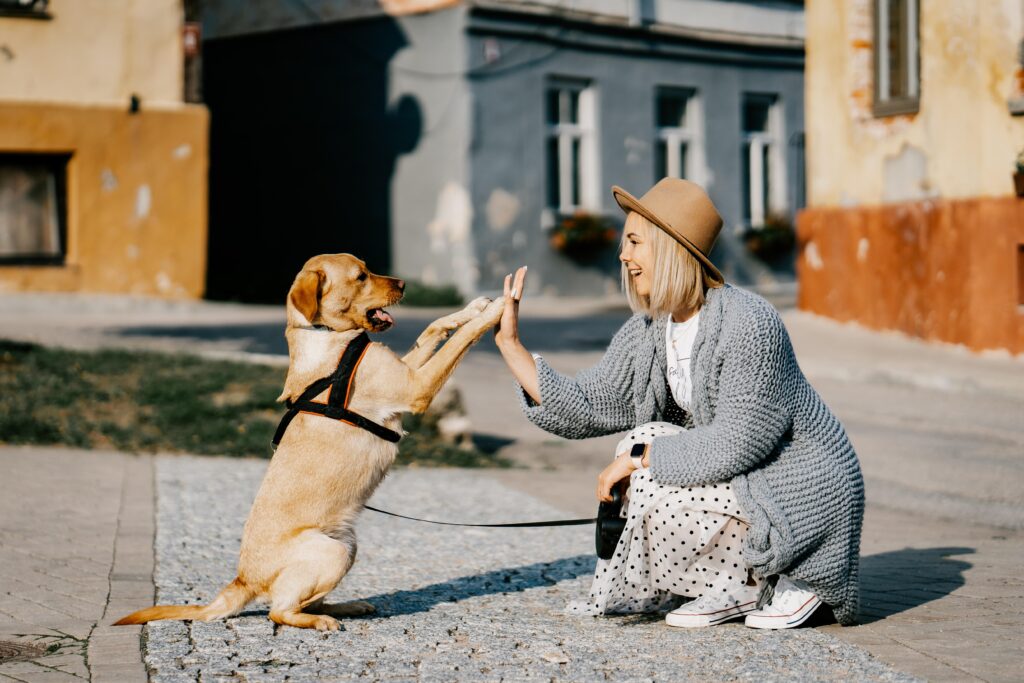
Dog Training Session
Training is one of the best gifts you can give your dog. It not only teaches discipline but also creates a strong bond of trust between you and your pet. A well-trained dog is easier to live with, more confident, and safer in different situations. Many new pet owners think training is only about teaching tricks, but in reality, it is much more than that. Training shapes behavior, helps prevent problems, and builds a healthy routine that benefits both dog and owner.
The foundation of any training session is communication. Dogs cannot understand human language the way we do, but they can learn to connect certain words, gestures, and tones with actions. When you consistently use simple commands like “sit,” “stay,” or “come,” your dog begins to recognize the meaning. Over time, this practice creates a language of trust between you and your pet. Using clear, calm commands works better than shouting or repeating instructions in frustration.
Positive reinforcement is the most effective training method. This means rewarding your dog for good behavior instead of punishing them for mistakes. Rewards can be small treats, a favorite toy, or even a kind pat and praise. For example, if your dog sits when you ask, give them a treat right away. This helps them connect the action with a positive outcome. Over time, they will repeat the behavior naturally, even without a reward every time.
Regular sessions are important. Training is not something that can be mastered in a single day. Short, consistent practices are more effective than long, tiring ones. A five to ten minute session repeated two or three times a day works better than forcing your dog to focus for an hour. Consistency helps your dog remember and build confidence. If you skip training for long periods, it may take extra effort to regain progress.
Patience also plays a big role. Some dogs learn quickly, while others take more time. Puppies are often curious and playful, which can make training feel challenging. However, their young minds are very flexible, and starting early sets the right foundation. Adult dogs can also be trained successfully with the same techniques, though it may require extra patience if they already have strong habits.
Social training is another important aspect. Exposing your dog to different people, pets, and environments teaches them how to behave in public. A dog that is comfortable around strangers and other animals is less likely to show aggression or fear. Taking your dog to parks, walks, and controlled gatherings allows them to build social confidence.
One of the biggest benefits of training is safety. A dog that listens to basic commands like “come” or “stop” can avoid dangerous situations, such as running into traffic or approaching harmful objects. Obedience also makes it easier for vets and groomers to handle your pet, reducing stress for everyone involved.
For owners, training is a chance to build a deeper connection. Each session is a shared experience that strengthens trust. Dogs are naturally eager to please, and when they see that their behavior makes you happy, they feel secure and loved. This emotional bond improves the overall quality of life for both pet and owner.
In conclusion, training is not about strict control but about guidance, patience, and positive reinforcement. A regular training session creates discipline, safety, and happiness for your dog. It makes life easier for you and gives your pet the confidence to interact with the world around them. With time, consistency, and kindness, training turns into a joyful routine that benefits everyone.
